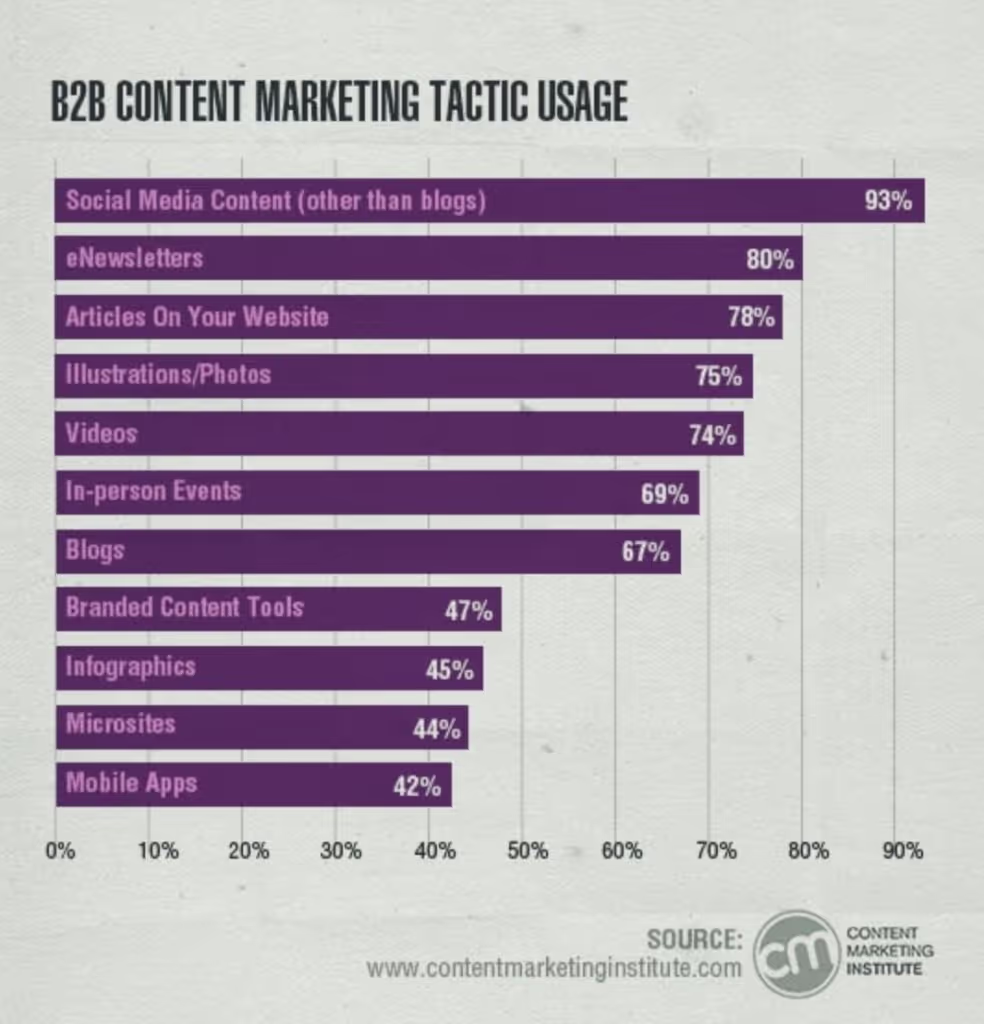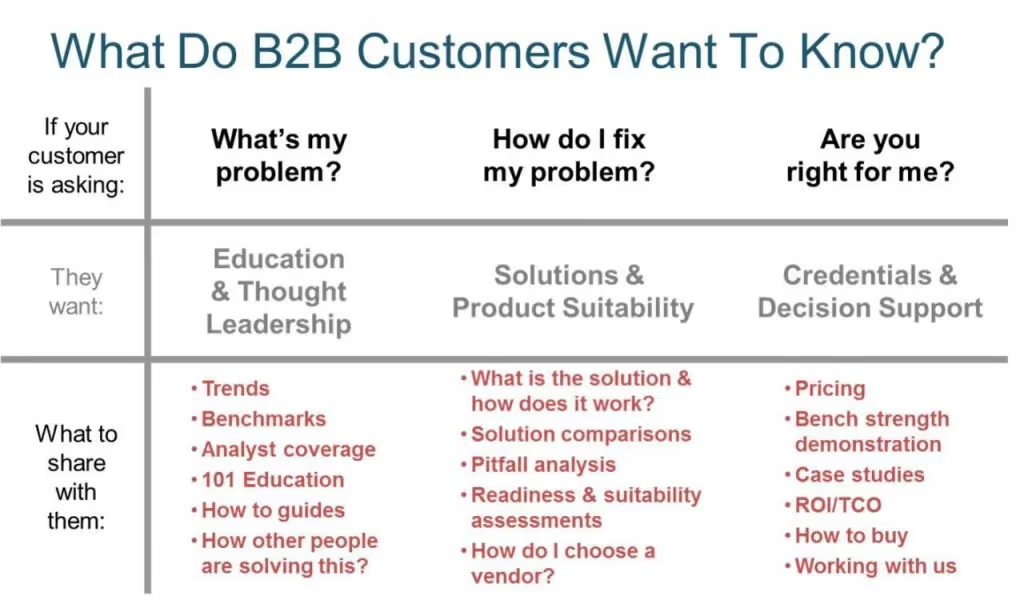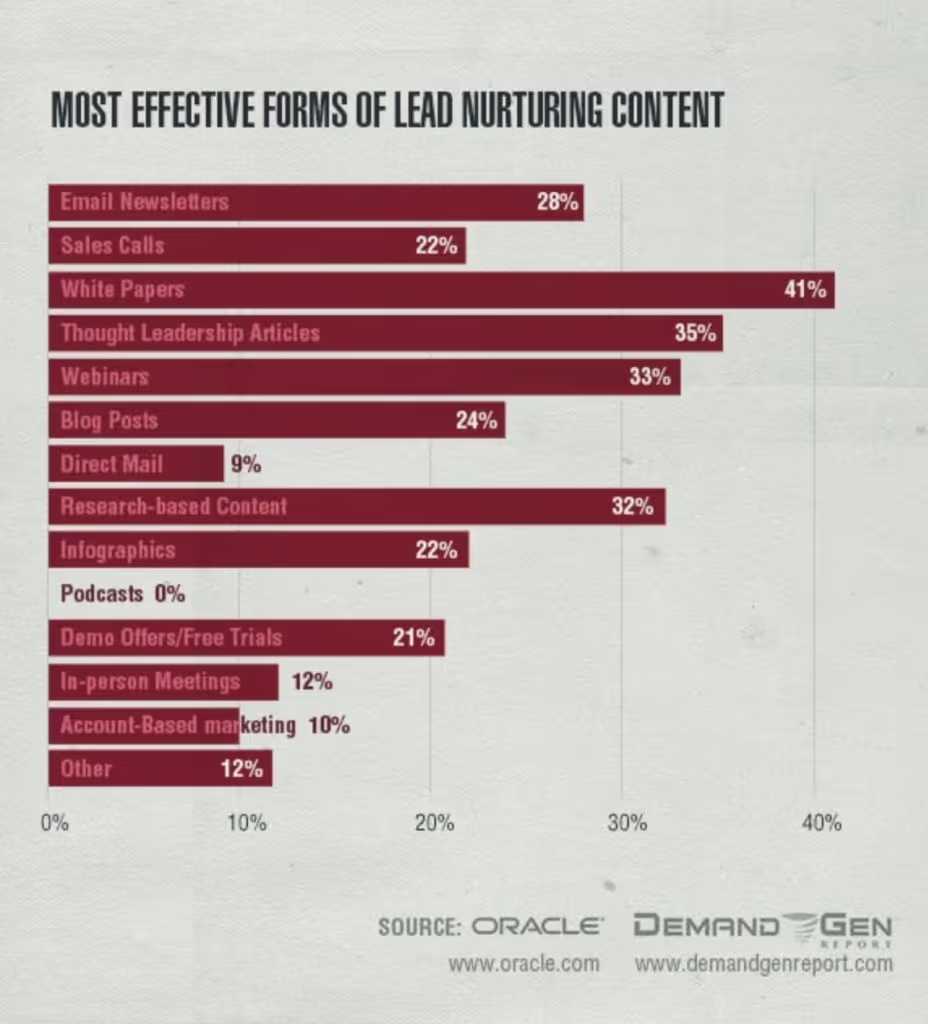7 Steps To Build The B2B Marketing Strategy You’ve Always Wanted
It’s often said that a thousand mile journey begins with a single step, but what often goes unsaid is how many steps it takes to get there. This is especially true when we think about refining our B2B marketing strategy. We need to stay on top of our current campaigns and evaluate new initiatives so our companies can continue to grow.
Our guide today will explore how to integrate content, search, and social techniques into your overall B2B marketing strategy.
Preparation: Establish Your Business Goals for the Best Marketing Strategy
I promise - once you’ve answered these questions it’s all answers from here. Spending serious time assessing these core values of your company is an absolute necessity. Ask yourself:
- Who you are: What is your brand? What is your message?
- Who do you reach: What is your buyer persona? What are their demographics?
- What do you want to accomplish: What is your target ROI for your marketing strategy? And what takeaways should prospects have after they see it?
Remember, a marketing strategy is designed to create action from your target customers. Through a variety of your action, you will engage prospects in various stages of the buying process.
Here are the 7 steps to consider when building an effective B2B marketing strategy:
#1) Think First, Then Strategize
Organizing and mapping your thoughts is the first step in creating an effective, long-lasting marketing strategy you can be proud of:
- Prioritize methods such as SWOT Analysis, especially in combination with buying personas and pain point discussions, to help your business achieve a clearer image of its target market.
- Try out an CLV model. This will tell you the value a customer contributes over the life of your business. As Edward Gotham relates, this is “the only equation you need to remember.”
This is the least glamorous phase of your strategy, but if you’re trying to hit your targets in the dark, you’re 99% sure of failing.
#2) Take a Strong Look at Your Web Presence
According to Smart Insights, a quality website and online catalog were rated the #1 decision marketing touchpoint by B2B customers.
What does this mean for you?
Make sure you have a customer centric website that you will use to test, learn, refine your approaches to customers while also distributing quality content. Making sure that your site properly balances the tone of ‘sell-inform-and entertain’ so you can create an experience visitors will enjoy.
Be aware: potential customers always ask themselves 8 questions when they visit your site:
- Is this site credible?
- Is this site trustworthy?
- Is this site welcoming?
- Am I in the right place?
- Is this a professional company?
- Is this company stable?
- Is this a company I should do business with?
- Does this site answer my questions?
Once you understand the ongoing mindset of your visitors, take these steps to accommodate and capitalize upon their page views:
1) Review intent-satisfaction with a B2B persona tools.
2) Optimize customer journeys to facilitate more buying.
3) Setup Google Analytics Goals, funnels, and event tracking.
#3) Focus on Content and Inbound Marketing
Given it’s substantially higher ROI (vs outbound channels) and variable methods of engagement, 49% of businesses say they plan to increase their content marketing in the coming year.
As a business, an efficient content marketing machine will enable your audience to learn and work smarter. CMI’s yearly B2B Content Marketing Report details how content tactics are used:

4 steps to implementing quality content marketing:
1) Make the business case
2) Define both your Primary and Nuclear fuels for content marketing
3) Establish your blog as a clean and easy-to-use content hub
4) Target the right influencers in your industry with email outreach.
Don’t forget to engage prospects with stage based marketing awareness. Essentially, this means you need to be releasing three distinct levels of content to appeal to the three areas of your marketing funnel:
- Light and educational content: This is the top-of-funnel content. Buyers at this stage show interest in your industry, but may currently be without a “fixable” problem or pain point. This content will help the reader identify these pain points through educational materials - such as blog posts, e-books and videos.
- Specific and ROI content: In this middle stage of the funnel, helping your buyers think in terms of ROI and product service specifics will be very relevant to prospects. Case studies that provide examples of solution scenarios will be effective, as will ROI calculators or white papers.
- Selling content: Once at the bottom of the funnel, your buyer is only deciding between vendors. To convert these buyers, make content highly targeted and convey a sense of urgency. Use buyers guides, implementation guides, and persona-driven content.

#4) Optimize Search Engine Placements
Because search volumes are lower in B2B, many marketing professional skip over this element of their strategy. According to the Content Marketing Institute, of all B2B marketers:
- 30% spend no time on SEO each week
- 55% spend no time on pay-per click advertising
4 steps for using B2B search marketing potential:
1) Assemble target keywords by decision maker
2) Define your key brand messages within SERPs
3) Build quality backlinks through PR and content marketing outreach
4) Use localized metadata for international marketing by geographic area
#5) Link Social Media with B2B Marketing Goals
Social media can be an excellent arena to display thought leadership, share resources, and sustain buying relationships. 44% of inbound marketers report obtaining leads from LinkedIn. 39% report leads from Facebook - and 30% from Twitter.
What to do?
1) Consistently create useful, shareable content
2) Engage with the social media platforms that work best in your field
3) Set up monitoring and traffic analysis tools to see what works
#6) Prioritize CRO and Lead Nurturing Tracks
Quality lead generation and lead nurturing will be necessary to move qualified leads through your sales funnel. 27% of B2B leads are ready-for-sale when first generated - yet only 35% of B2B marketers use lead nurturing processes - and less than half of these are “effective.”
Start with these 3
1) Place prominent CTAs across your site pages and blog content
2) Use landing pages to exchange lead information for inbound content
3) Set up welcome emails and lead nurturing tracks to build a relationship
According to Smart Insights, marketing automation has had the greatest commercial impact this year (20%), followed by content marketing (18%).

#7) Build Measurement Feedback Loops
Don’t be part of the marketing crowd with their heads in the sand, “feeling” that their efforts are working. Google Analytics gives you the hard facts so you can gain the edge on competitors:
1) Set up goals and funnels with assigned values
2) Use forward and reverse path analysis to highlight effective content
3) Set up event tracking to see which CTAs and content works best
4) Use content experiments to increase conversions on key pages
Key Takeaways
When crafting your B2B marketing strategy, you need to prioritize the initiatives that will deliver the best results. This means providing your prospects with an engaging and functional website as well as creating quality content and inbound marketing resources to create better quality leads. You'll also need to round out your B2B marketing strategy by optimizing customer marketing, search engine, and lead generation campaigns.